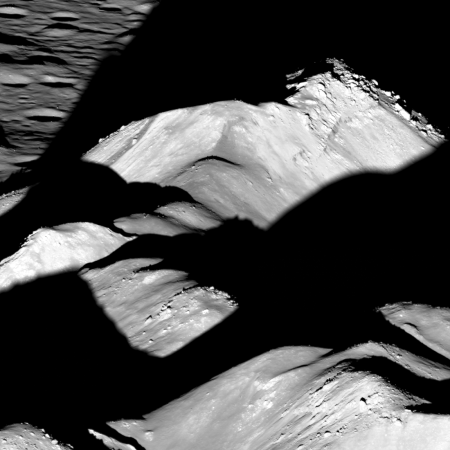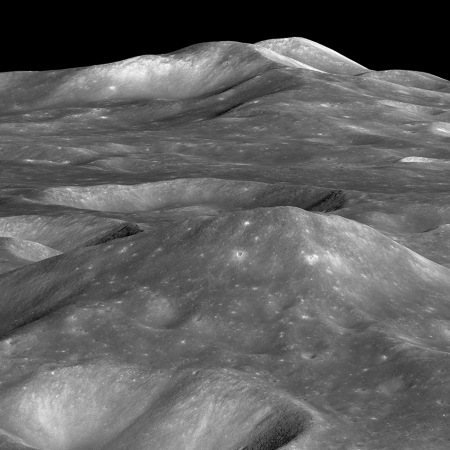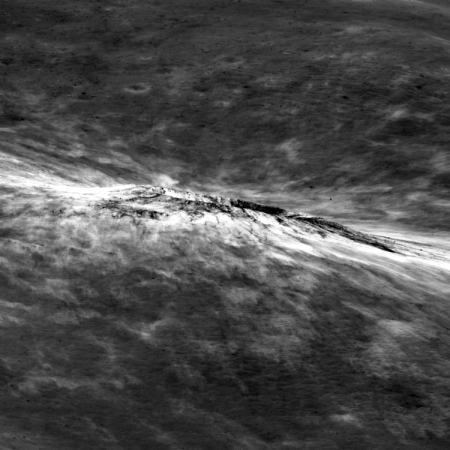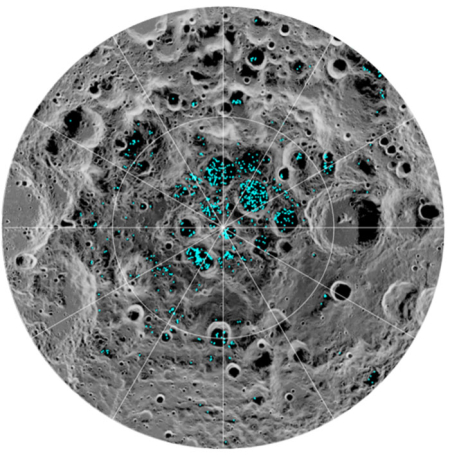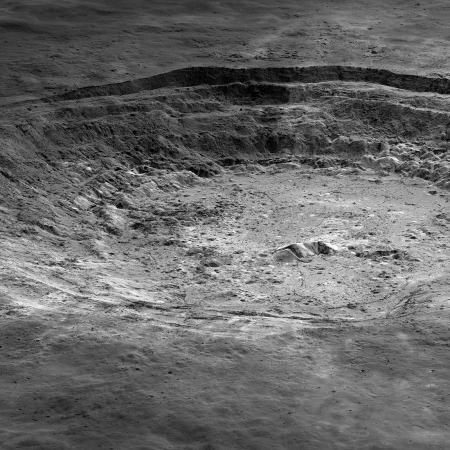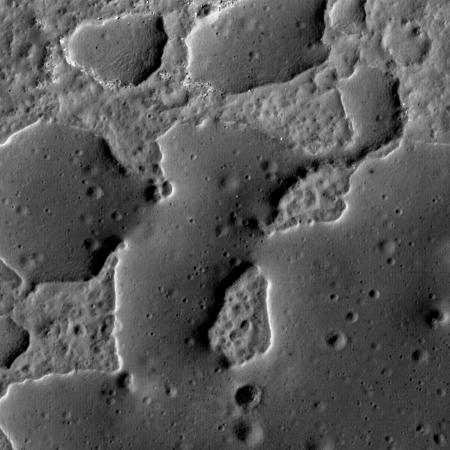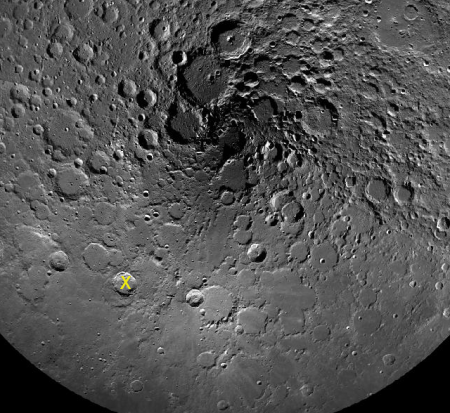NASA to hire private lunar probes for future missions
Capitalism in space: Rather than build its own future lunar landers and rovers, NASA is now planning to hire these services from private companies, with missions flying as soon as 2021.
Under a program called Commercial Lunar Payload Services (CLPS), NASA would buy space aboard a couple of launches a year, starting in 2021. The effort is similar to an agency program that paid private space companies such as Elon Musk’s SpaceX to deliver cargo to the International Space Station (ISS). “This a new way of doing business,” says Sarah Noble, a planetary scientist at NASA headquarters in Washington, D.C., who is leading the science side of NASA’s lunar plans.
Scientists are lining up for a ride. “It really feels like the future of lunar exploration,” says Erica Jawin, a planetary scientist at the Smithsonian Institution’s National Museum of Natural History in Washington, D.C. She and other attendees at the annual meeting of the Lunar Exploration Analysis Group in Columbia, Maryland, last week were eager to show NASA why their small experiments would be worthy hitchhikers on the landers.
Several companies, including Astrobotic, Moon Express, and iSpace, are vying to establish a commercial moon market. Buying rides to the moon from launch providers like Rocket Lab, each firm hopes to become the go-to carrier for other companies seeking to prospect the moon for rocket fuel ingredients, or to gather rocks to sell for study. But a contract with NASA is the real prize. Moon Express, for example, has designed the MX-1, a lander roughly the size and shape of Star Wars’s R2-D2. But, “We won’t pull the trigger until we know we have a CLPS award,” says Moon Express CEO Robert Richards in Cape Canaveral, Florida.
The companies selected for CLPS must deliver at least 10 kilograms of payload by the end of 2021, NASA says. It is scrambling to find instruments that are ready to fly. “What do you have sitting on shelf now that you can throw onto the mission immediately?” Noble says. “We’re looking for flight spares, engineering models, student-built projects. It’s a little bit of a weird call for us.” The agency is planning to pay up to $36 million to adapt eight to 12 existing scientific instruments to the initial small landers; by the middle of next decade it aims to build a pipeline of instruments for bigger landers that might also carry rovers.
These are going to small missions with limited lifespans and limited abilities. They will however be cheap, fast, and many. In the end I am certain NASA (and the taxpayer) will get far more bang for the buck.
Capitalism in space: Rather than build its own future lunar landers and rovers, NASA is now planning to hire these services from private companies, with missions flying as soon as 2021.
Under a program called Commercial Lunar Payload Services (CLPS), NASA would buy space aboard a couple of launches a year, starting in 2021. The effort is similar to an agency program that paid private space companies such as Elon Musk’s SpaceX to deliver cargo to the International Space Station (ISS). “This a new way of doing business,” says Sarah Noble, a planetary scientist at NASA headquarters in Washington, D.C., who is leading the science side of NASA’s lunar plans.
Scientists are lining up for a ride. “It really feels like the future of lunar exploration,” says Erica Jawin, a planetary scientist at the Smithsonian Institution’s National Museum of Natural History in Washington, D.C. She and other attendees at the annual meeting of the Lunar Exploration Analysis Group in Columbia, Maryland, last week were eager to show NASA why their small experiments would be worthy hitchhikers on the landers.
Several companies, including Astrobotic, Moon Express, and iSpace, are vying to establish a commercial moon market. Buying rides to the moon from launch providers like Rocket Lab, each firm hopes to become the go-to carrier for other companies seeking to prospect the moon for rocket fuel ingredients, or to gather rocks to sell for study. But a contract with NASA is the real prize. Moon Express, for example, has designed the MX-1, a lander roughly the size and shape of Star Wars’s R2-D2. But, “We won’t pull the trigger until we know we have a CLPS award,” says Moon Express CEO Robert Richards in Cape Canaveral, Florida.
The companies selected for CLPS must deliver at least 10 kilograms of payload by the end of 2021, NASA says. It is scrambling to find instruments that are ready to fly. “What do you have sitting on shelf now that you can throw onto the mission immediately?” Noble says. “We’re looking for flight spares, engineering models, student-built projects. It’s a little bit of a weird call for us.” The agency is planning to pay up to $36 million to adapt eight to 12 existing scientific instruments to the initial small landers; by the middle of next decade it aims to build a pipeline of instruments for bigger landers that might also carry rovers.
These are going to small missions with limited lifespans and limited abilities. They will however be cheap, fast, and many. In the end I am certain NASA (and the taxpayer) will get far more bang for the buck.


